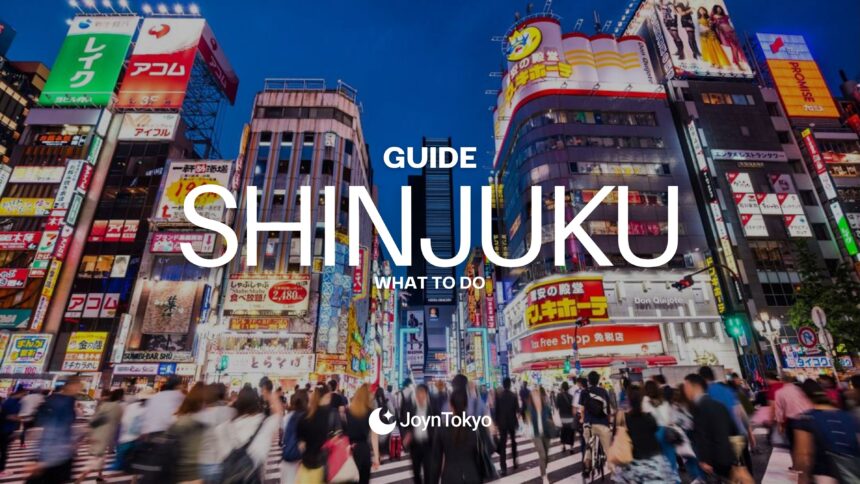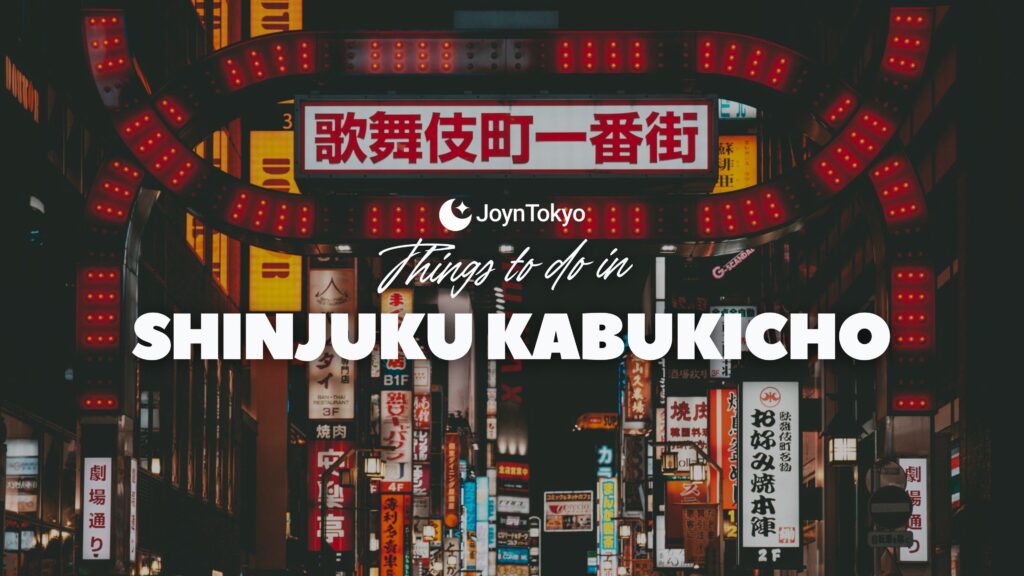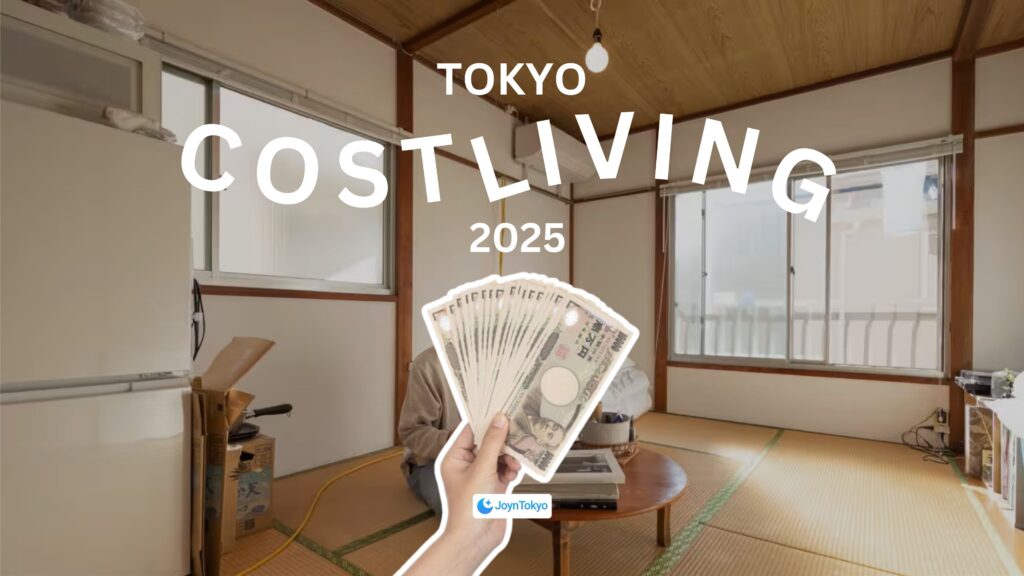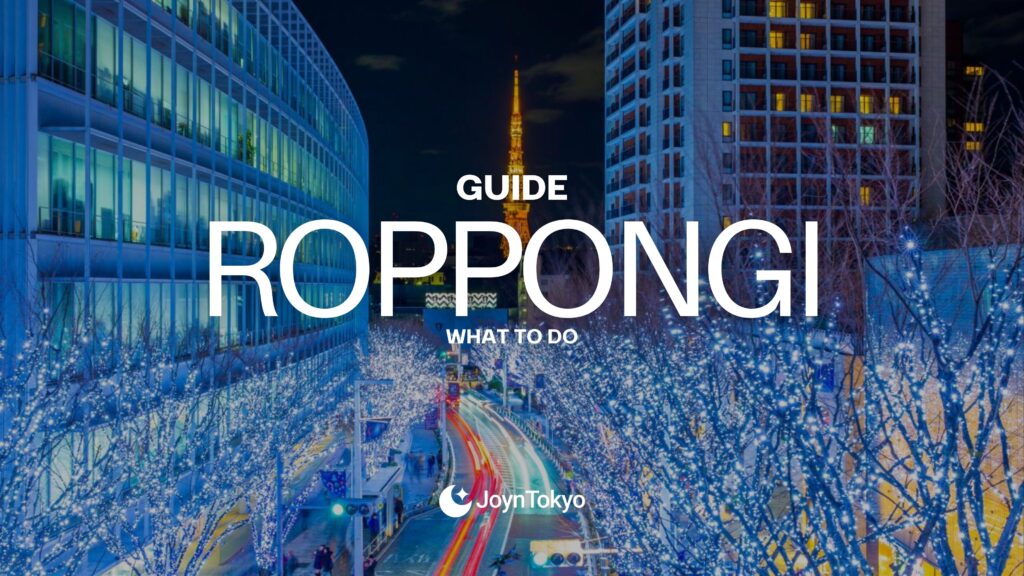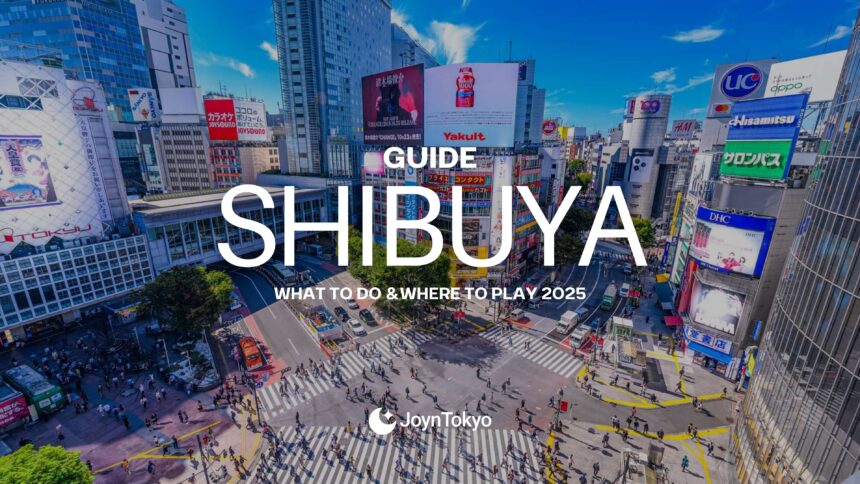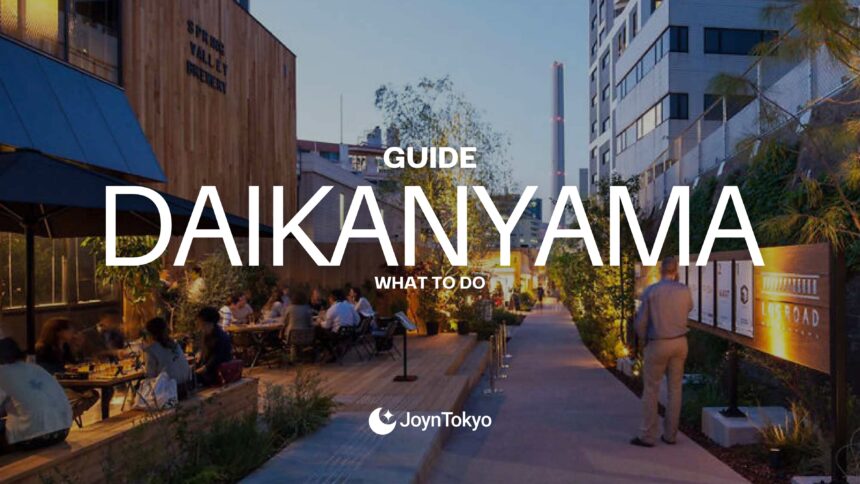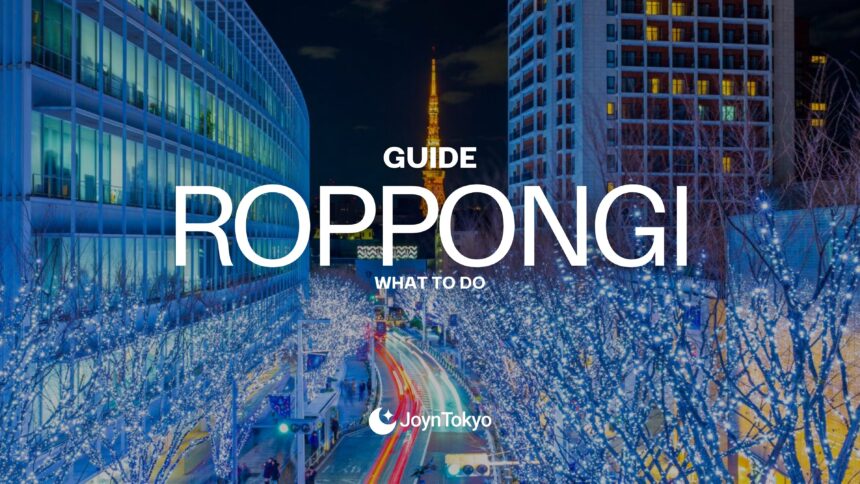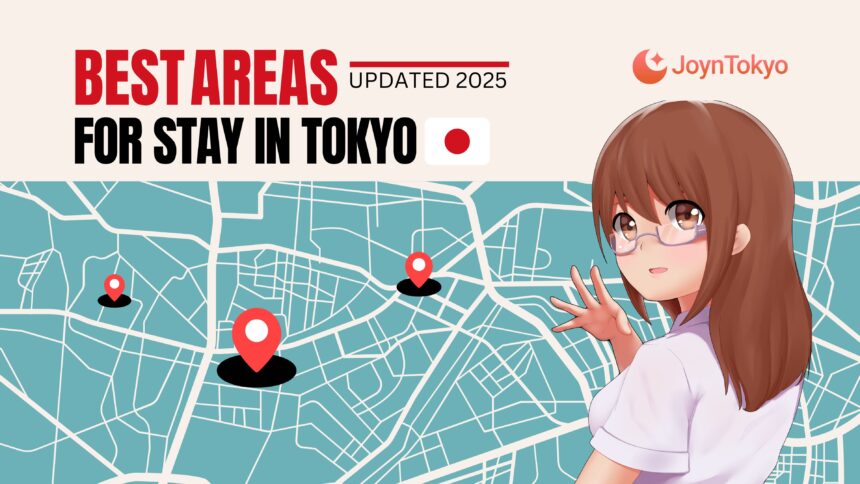Shinjuku is both a bustling business center and a lively entertainment district, offering neon-lit streets, world-class dining, and peaceful green spaces. Visitors come to enjoy its mix of modern skyscrapers, traditional izakayas, and vibrant nightlife that keeps the area alive well into the early hours. Travelers looking to experience Tokyo’s energy often find Shinjuku to be one of the city’s most unforgettable neighborhoods.
What is Shinjuku Known For
Shinjuku is famous for being Tokyo’s busiest transportation hub, with Shinjuku Station serving millions of passengers daily. Beyond the station, the area is recognized for its skyline of office towers, luxurious department stores, and lively entertainment districts. Visitors often associate Shinjuku with its nightlife, particularly Kabukicho, known as the city’s red-light district, but it also has quiet retreats like Shinjuku Gyoen National Garden, which offers a serene escape from the urban rush.
Locals also note that Shinjuku embodies Tokyo’s diversity, mixing business, shopping, dining, and culture into one walkable area. From trendy bars and izakayas to peaceful shrines tucked between skyscrapers, Shinjuku is a neighborhood that never truly sleeps.
Read More
Best Things to Do in Shinjuku During the Day
Shinjuku during the day reveals a balance of peaceful escapes, cultural landmarks, and lively city life. Travelers can stroll through expansive gardens, admire city views from observation decks, or shop in historic department stores. Hidden shrines and unique local activities add character, showing that Shinjuku is more than just a business district or nightlife hub. Exploring these attractions will allow you to experience both the traditional and modern sides of Tokyo in a single neighborhood.
Shinjuku Gyoen National Garden
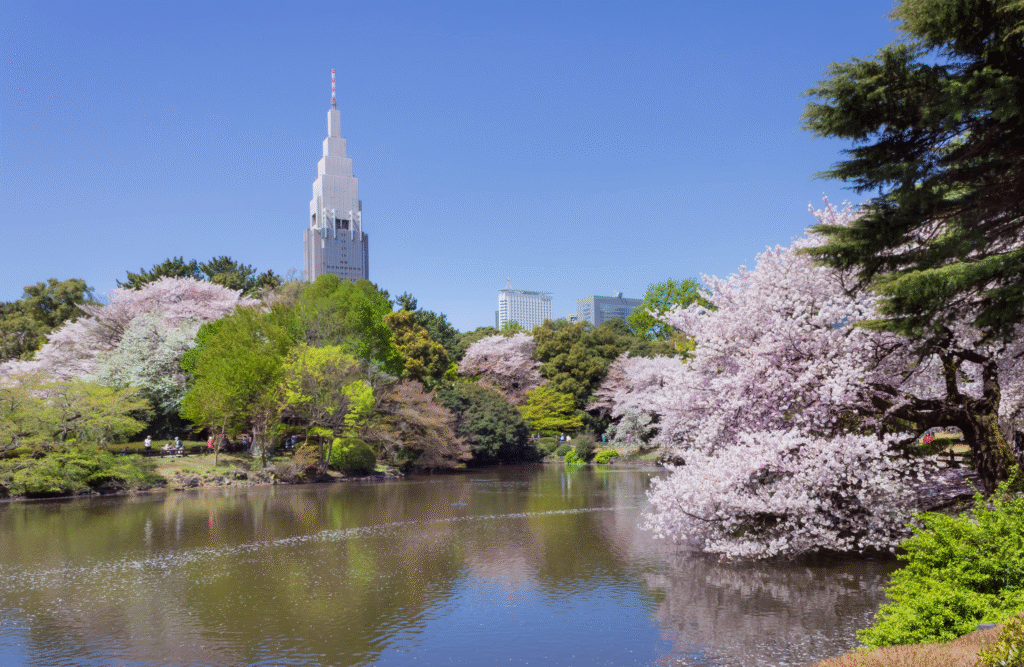
Shinjuku offers a variety of attractions that showcase both its modern and traditional sides. Start with a visit to Shinjuku Gyoen National Garden, one of Tokyo’s most beautiful parks, which is especially stunning during cherry blossom and autumn foliage seasons.
Hours: closed on Mondays, otherwise 9:00 – 17:30
Price: ¥500
Tokyo Metropolitan Government Building Observation Decks
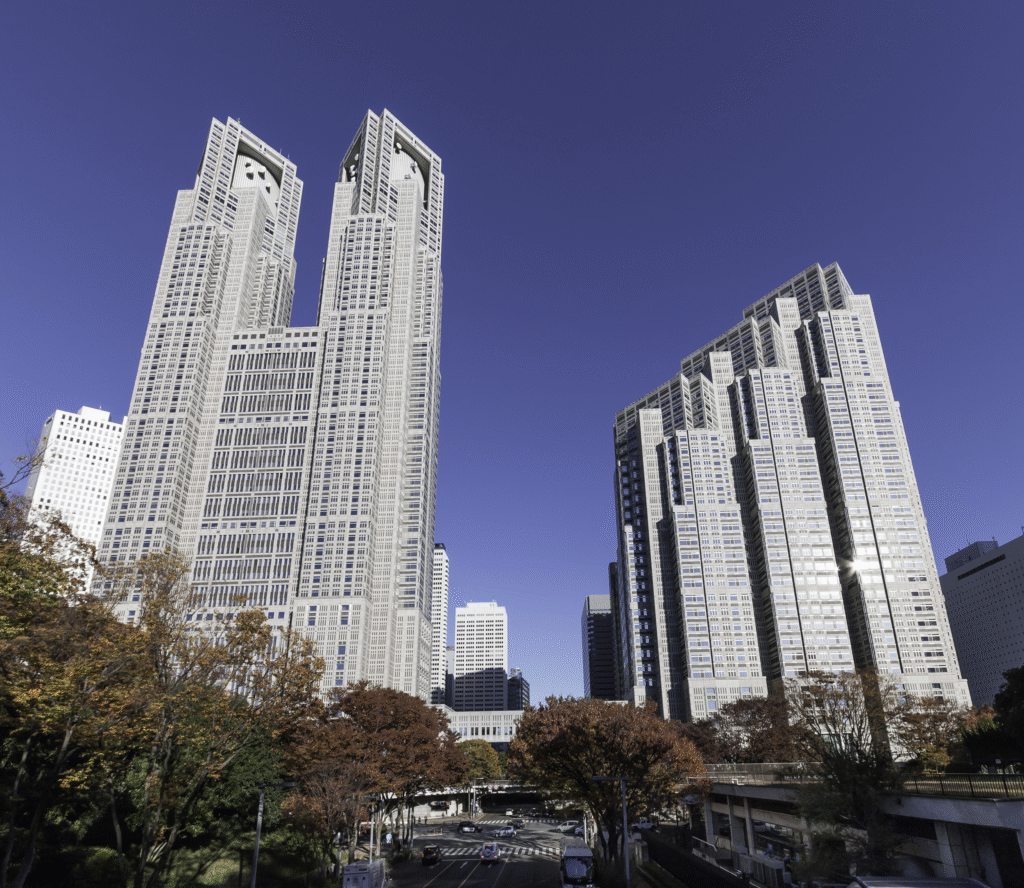
For panoramic views of the city, head to the Tokyo Metropolitan Government Building Observation Decks, which are free to enter and provide clear sights of Mount Fuji on sunny days.
Hours: 9:30 – 22:00
Price: Free
Isetan Department Store
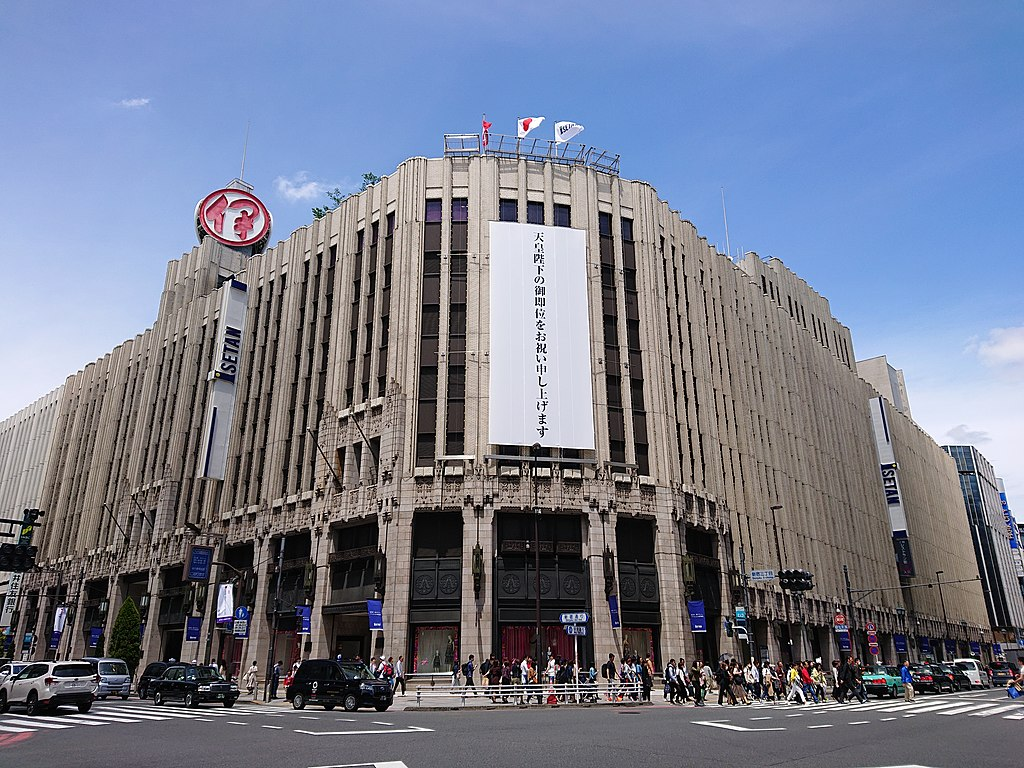
Shop at the historic Isetan Department Store, known for its high-end fashion, cosmetics, and gourmet food hall. The basement level in particular is a food lover’s paradise, with everything from sushi and bento to Japanese sweets. Exploring Isetan gives visitors a sense of Tokyo’s refined shopping culture.
Hours: 10:00 – 20:00
Hanazono Shrine
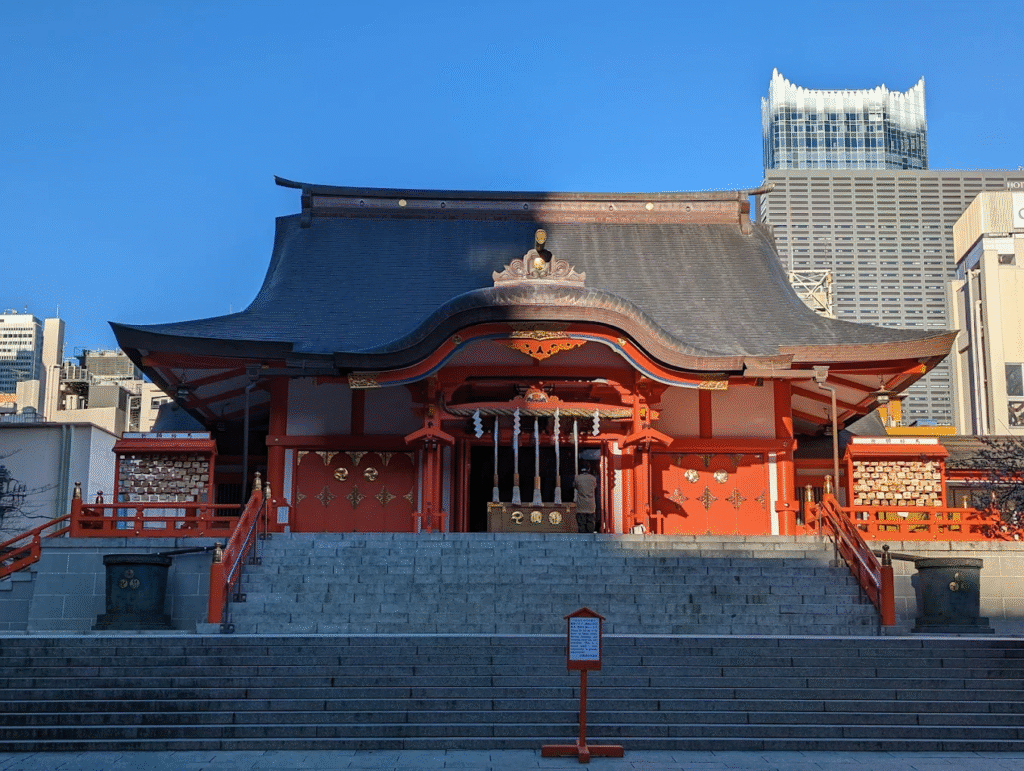
Pay a visit to Hanazono Shrine, one of Shinjuku’s oldest and most culturally significant shrines. Located just steps away from the busy streets, it offers a peaceful atmosphere and often hosts lively festivals and flea markets. It’s a perfect place to connect with Tokyo’s spiritual traditions while exploring the city.
Hours: 24h
Oslo Batting Center
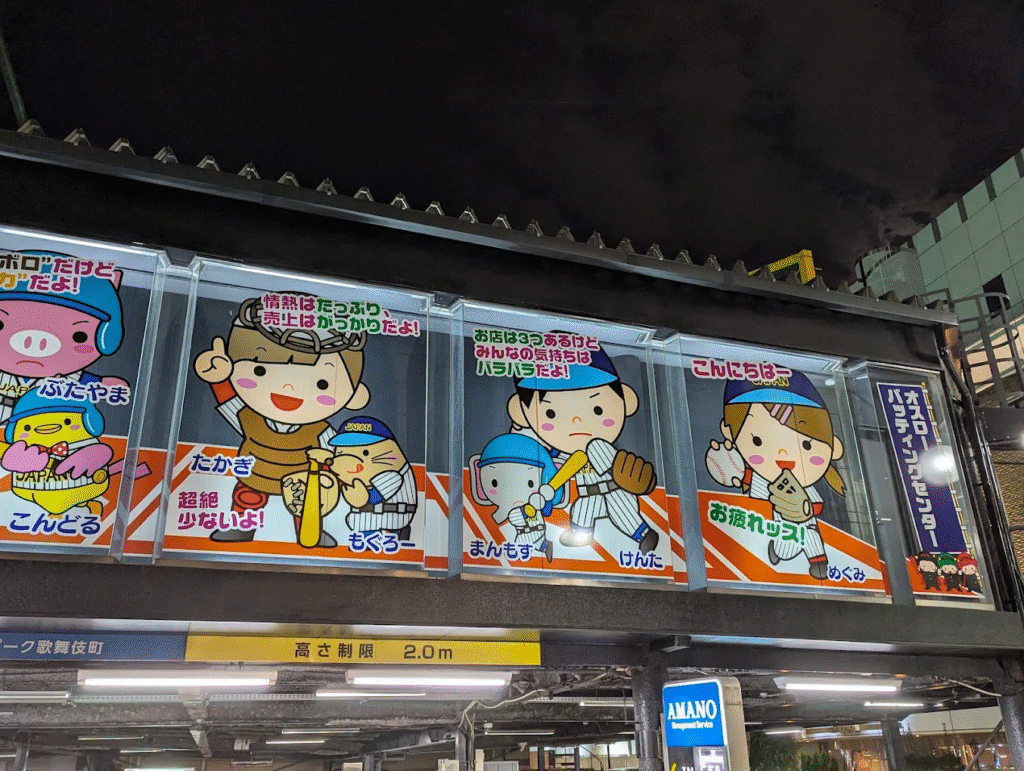
Hidden in the bustling Kabukicho area, this long-standing batting cage lets visitors take a swing just like in Japanese baseball culture. Rows of pitching machines send balls at varying speeds, making it fun for both beginners and seasoned players. It’s a perfect place to blow off some steam and experience a different side of Shinjuku nightlife.
Hours: 10:00 – 1:00 (next day)

For baseball fans and anyone looking for a quick workout, I would recommend trying the Oslo Batting Center. They have many batting cages where you can set the speed and height of the pitches.
What to Do in Shinjuku at Night
When the sun goes down, Shinjuku transforms into one of Tokyo’s liveliest districts. Neon signs illuminate the streets, music spills from bars and clubs, and small alleyways come alive with the aroma of grilled food. Choose between energetic nightlife districts, intimate bars, and quirky entertainment venues. Shinjuku at night is one of the best ways to understand the city’s dynamic and never ending energy.
Kabukicho
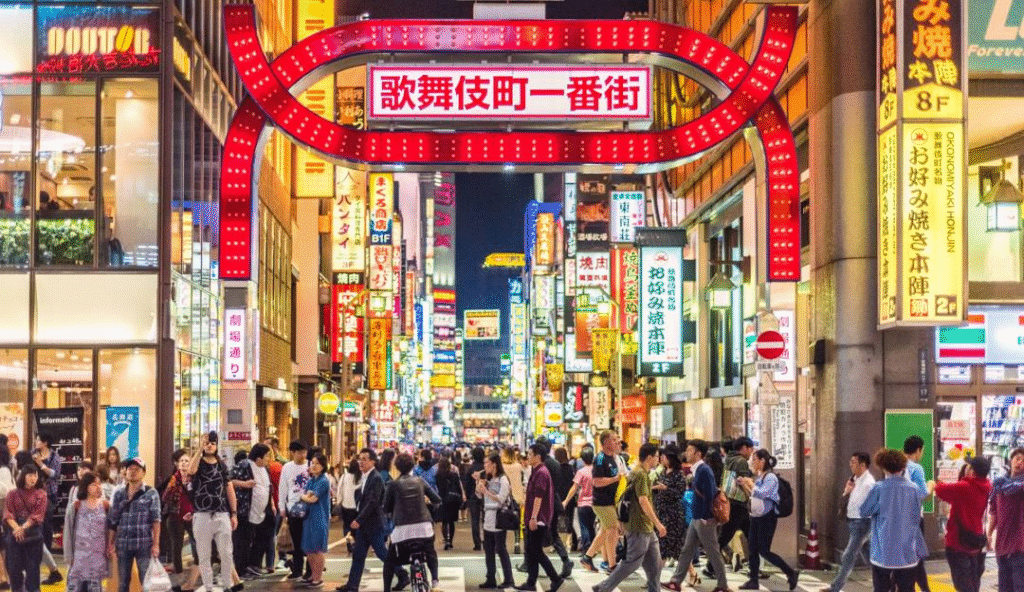
The Kabukicho district is Shinjuku’s most famous nightlife area, filled with bars, clubs, and themed entertainment spots. Its neon-lit streets are always bustling, and while it has a slightly edgy reputation, it is also one of Tokyo’s most energetic and colorful neighborhoods. Exploring Kabukicho gives visitors a taste of the city’s nightlife at full speed.
Golden Gai
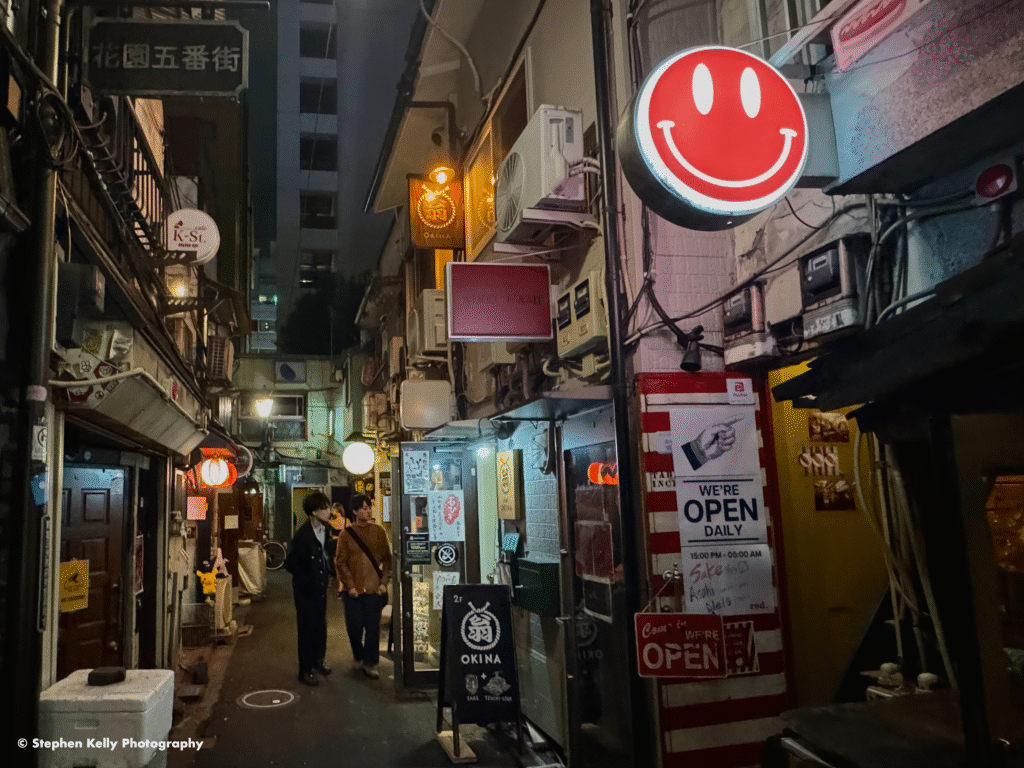
Visit Golden Gai, a collection of narrow alleys lined with tiny bars, each with its own unique character. Many of these bars only seat a handful of people, creating an intimate and cozy atmosphere. It is a favorite hangout for locals, artists, and travelers looking for a memorable night out.
Omoide Yokocho

Experience Omoide Yokocho, known for its nostalgic post-war vibe and smoky yakitori stalls. The alley is packed with izakayas serving grilled skewers, sake, and traditional dishes. It is one of the best places in Tokyo to share a casual drink with locals in an authentic setting.
T2 Shinjuku
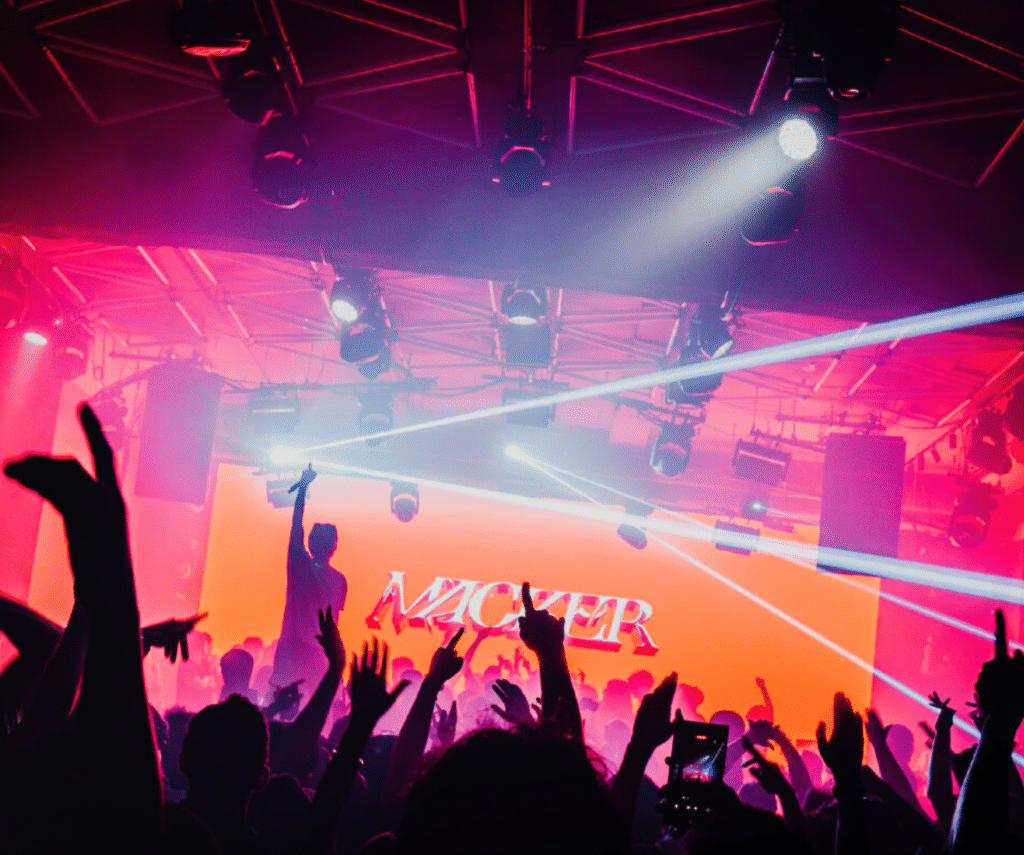
For a sleek and modern nightlife experience, head to T2 Shinjuku, one of the district’s most popular clubs. Known for its cutting-edge sound system, impressive light shows, and high-energy DJs, T2 draws a stylish crowd looking to dance until dawn. The venue often hosts guest performers and themed nights, making every visit feel fresh and exciting.
Hours: 22:00 – 04:00

It is a nice place with a big dancing floor and great DJs. They often have guest singers and dancers on stage, and bartenders there seem to be really nice and casual! Strongly recommend if you want to have a fun night with your friends.
Recommended Restaurants to Try in Shinjuku
Shinjuku is one of Tokyo’s top districts for dining, offering everything from traditional izakayas hidden into narrow alleys to elegant restaurants serving refined Japanese cuisine. The area is packed with options for every taste and budget, making it a true paradise for food lovers. Exploring Shinjuku’s dining scene gives visitors the chance to enjoy authentic flavors, discover local favorites, and experience why Tokyo is often called the world’s food capital.
Ichiran Ramen
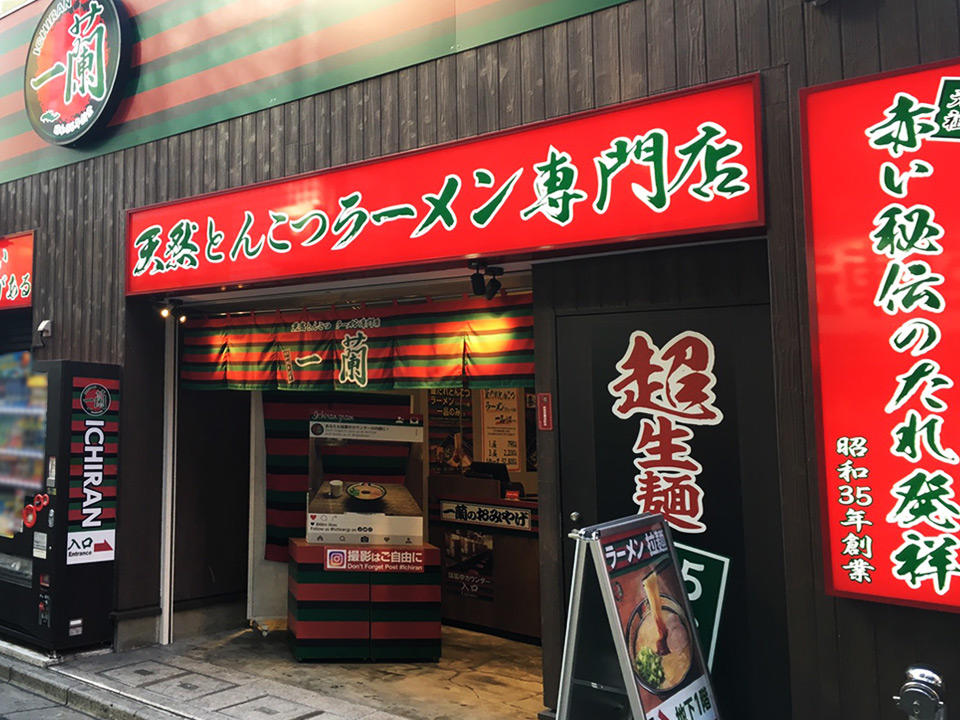
One of the most iconic ramen chains in Japan, Ichiran Ramen specializes in rich tonkotsu broth served in individual booths. The setup allows diners to focus fully on the flavors without distraction. It is a must-try experience for visitors who want both delicious ramen and a uniquely Japanese dining style.
Hours: 24 hours

For a spicier taste, customize the spice level to 8 with everything else the recommended choice!
Hanbey
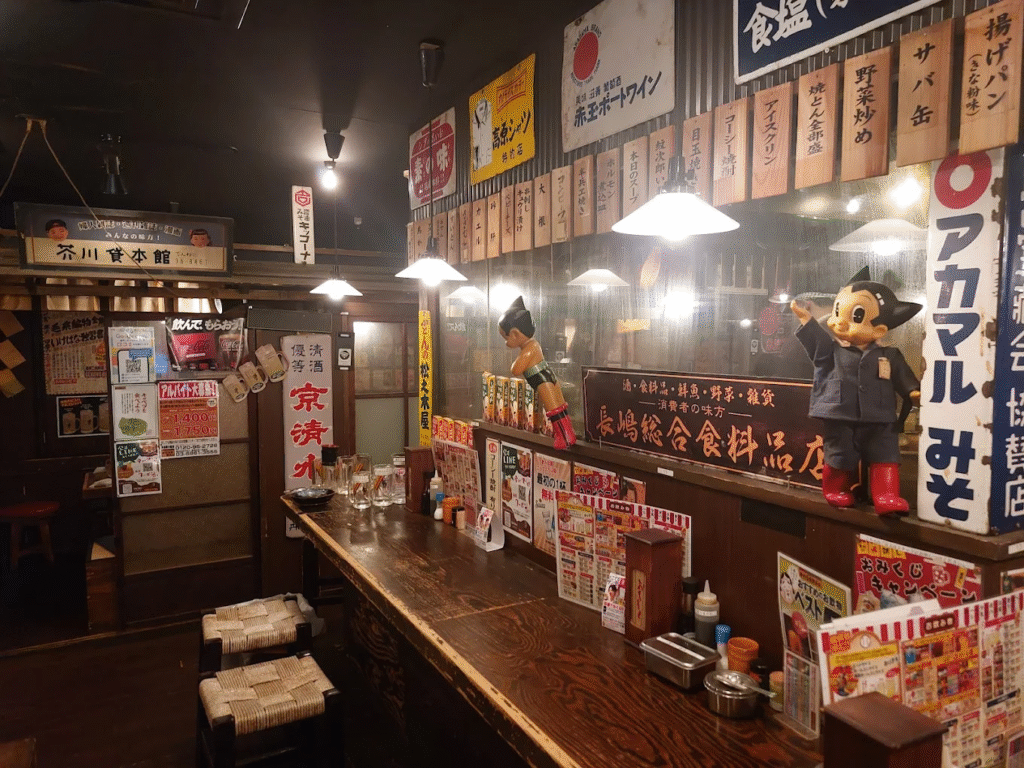
Step into Hanbey, a retro-style izakaya decorated to resemble Japan’s Showa era. The menu features affordable skewers, nabe hotpots, and comfort dishes that pair perfectly with sake or beer. The nostalgic atmosphere makes it a favorite for locals looking for a fun and casual night out.
Hours: 17:00 – 00:00

I recommended the crickets; sounds weird but they have these small, crunchy crickets served with an amazing sauce.”
Gyoen Chaya – 御苑茶屋ZUZU 新宿御苑前店
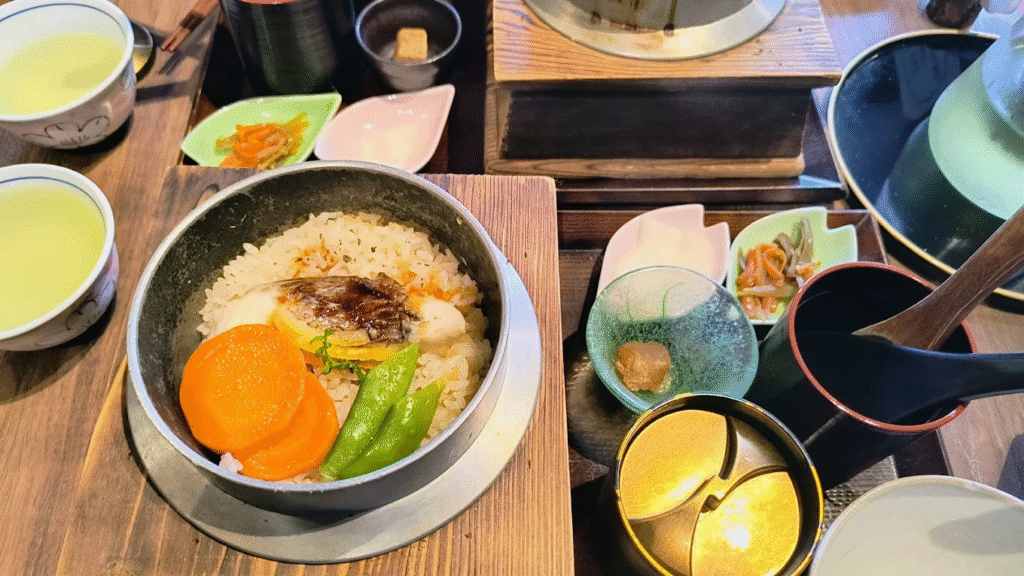
Located near Shinjuku Gyoen, Gyoen Chaya ZUZU is a cozy restaurant specializing in traditional Japanese comfort food. The menu features seasonal dishes, homemade soba noodles, and hearty set meals that highlight fresh local ingredients. Its relaxed atmosphere and proximity to the garden make it a perfect stop after a morning or afternoon of sightseeing.
Hours: 11:30 – 15:30 → 17:30 – 21:00 (Mon – Fri), 11:30 – 21:00 (Sat, Sun, Holidays)

I recommended the “紅鮭といくらの親子釜飯茶漬け – Red Salmon and Tea-Infused Rice”
Hoshizora No Naka – 星空の中へ
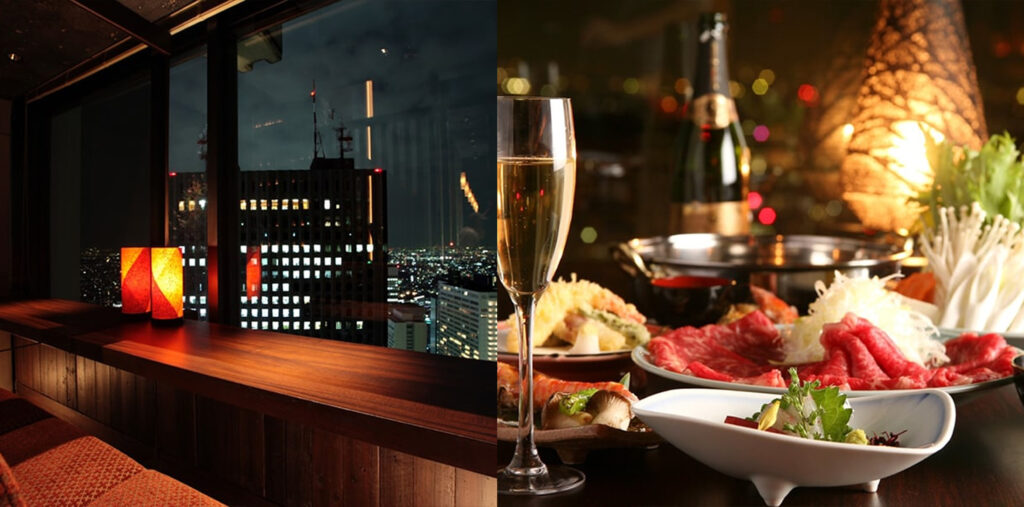
Dining at Hoshizora No Naka feels like stepping into a whimsical world under a starry sky. This themed izakaya is decorated with twinkling lights and celestial-inspired interiors, creating a magical atmosphere for a night out in Shinjuku. The menu features a mix of classic izakaya dishes, creative cocktails, and desserts that make it popular for groups and couples looking for a fun and memorable dining experience.
Hours: 11:30 – 14:00 → 17:00 – 23:00

Try the hoshizora course which is a Kaiseki (traditional multi course Japanese dinner) for ¥6,000, includes sparkling wine.
Koronagirai – 炉端とおでん 呼炉凪来 新宿店
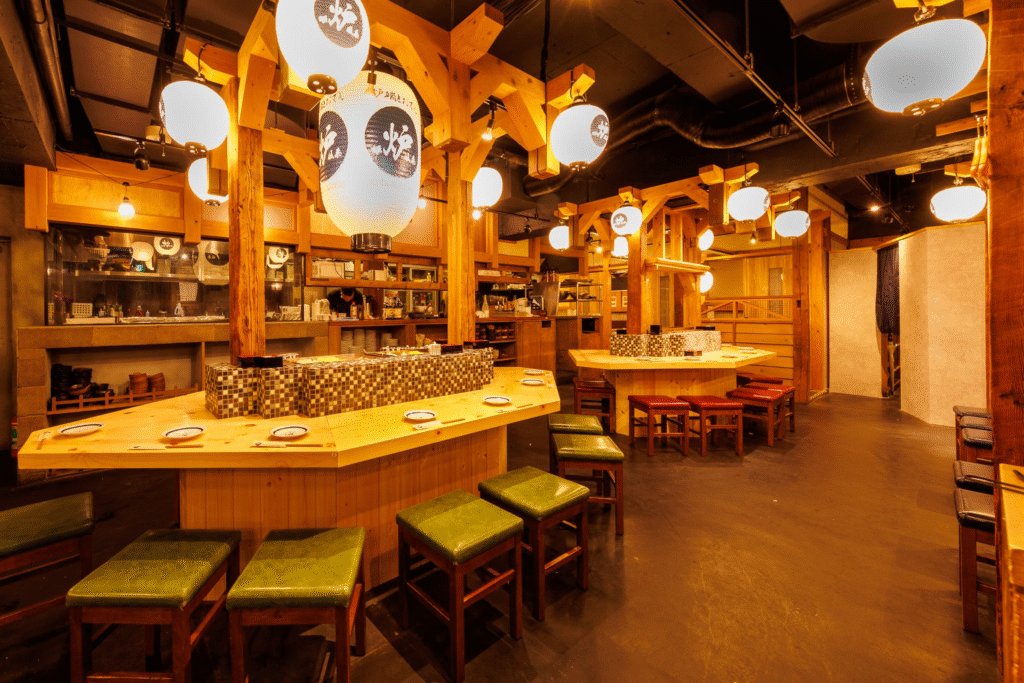
Koronagirai is a rustic-style restaurant specializing in robata (charcoal-grilled dishes) and oden, a traditional Japanese winter hotpot. The warm wooden interiors and lively open kitchen create a cozy, welcoming setting. Seasonal fish, vegetables, and slow-simmered oden broth highlight the depth of Japanese home-style cooking. It is a great place for those who want to experience authentic comfort food in a relaxed setting.
Hours: 16:00 – 01:00

- • Oden pairs up really well with Japanese Sake, so definitely give it a try
- • 5 Assorted Skewers – Good way to try the wide variety of Japanese skewers
- • 5 Buri Kama Yaki – Enjoy yellowtail collar, grilled with salt, rich and fatty, goes perfect with beer and to share with friends.
- • 5 Butter Grilled Rice Ball – Yakionigiri is delicious, crispy and has a smoked taste, the butter just gives that extra layer of flavour.
Yakiton Sakaba TONTON Shinjuku Kabukicho
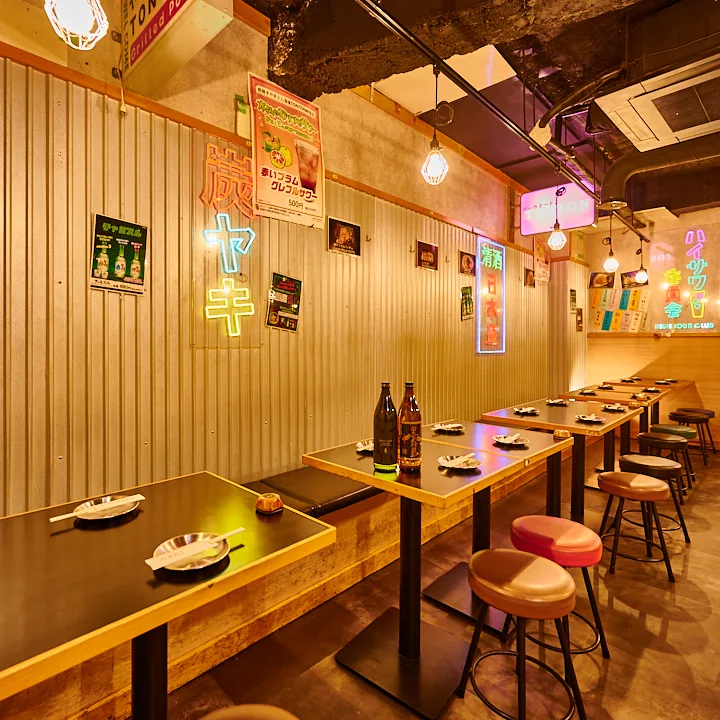
For fans of hearty grilled meat skewers, Yakiton Sakaba TONTON is a must-visit. Specializing in yakiton (grilled pork skewers), this lively tavern-style spot captures the casual energy of Kabukicho. The smoky aroma of skewers cooking over charcoal fills the air, and the menu also includes stews, side dishes, and plenty of sake and beer. It’s a favorite among locals after work and a great place to experience the rowdy charm of Shinjuku’s izakaya culture.
Hours: 24h

You can get delicious Yakitori starting from ¥100. For something unique, try the assorted meat sashimi which includes pork liver, pork heart and tongue.
Where to Stay in Shinjuku
Shinjuku offers one of the widest ranges of accommodations in Tokyo, making it a convenient base for any traveler. Luxury seekers can enjoy panoramic skyline views and world-class service, while mid-range hotels provide comfort and easy access to shopping, dining, and nightlife. Budget friendly capsule hotels and guesthouses add unique experiences without sacrificing location. No matter your style of travel, staying in Shinjuku ensures you are close to major transport hubs, lively entertainment, and some of Tokyo’s best attractions.
Park Hyatt Tokyo
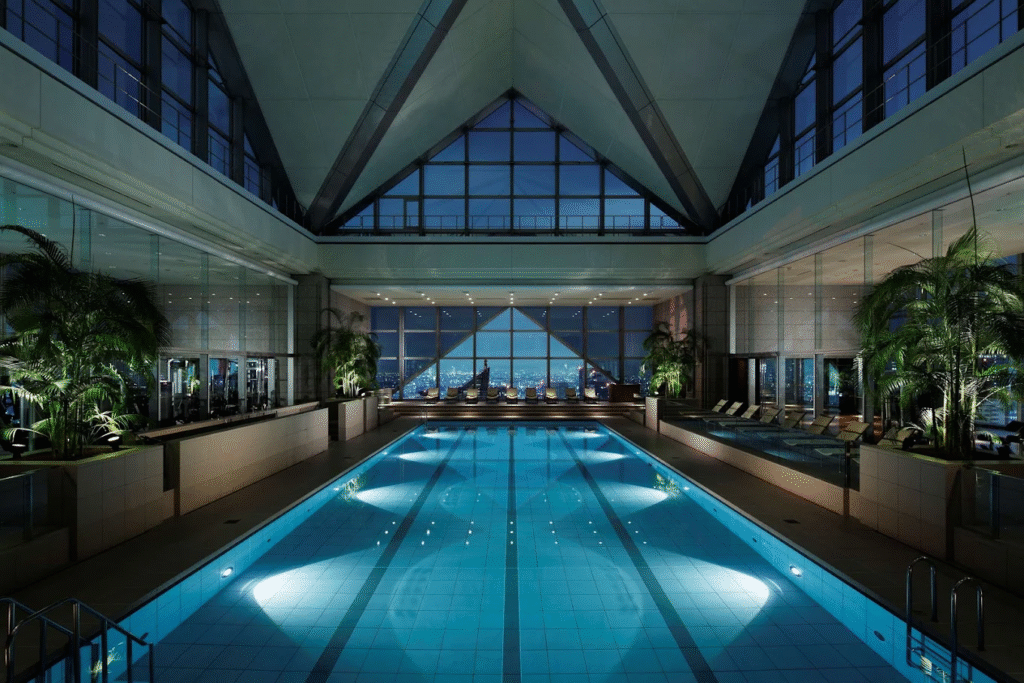
For a luxury stay, Park Hyatt Tokyo is one of Shinjuku’s most prestigious hotels, best known for its role in the film Lost in Translation. Guests can enjoy spacious rooms, a serene spa, and floor-to-ceiling views of the Tokyo skyline. It is a top choice for travelers who want elegance and comfort in the heart of the city.
Park Hyatt Tokyo will close its doors for a property-wide renewal starting from May 7, 2024, and reopen in autumn 2025.
Hotel Gracery Shinjuku
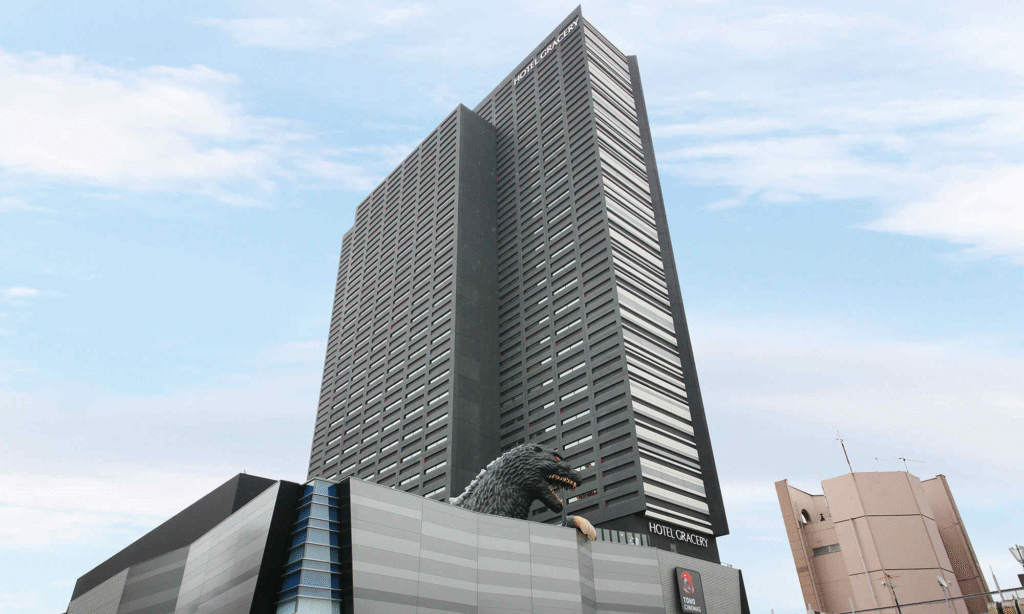
Located in Kabukicho, Hotel Gracery Shinjuku is instantly recognizable by the giant Godzilla head perched on its terrace. The hotel offers modern rooms, excellent service, and a fun theme that makes it stand out. Its central location makes it easy to explore nightlife and dining options nearby.
Keio Plaza Hotel Tokyo
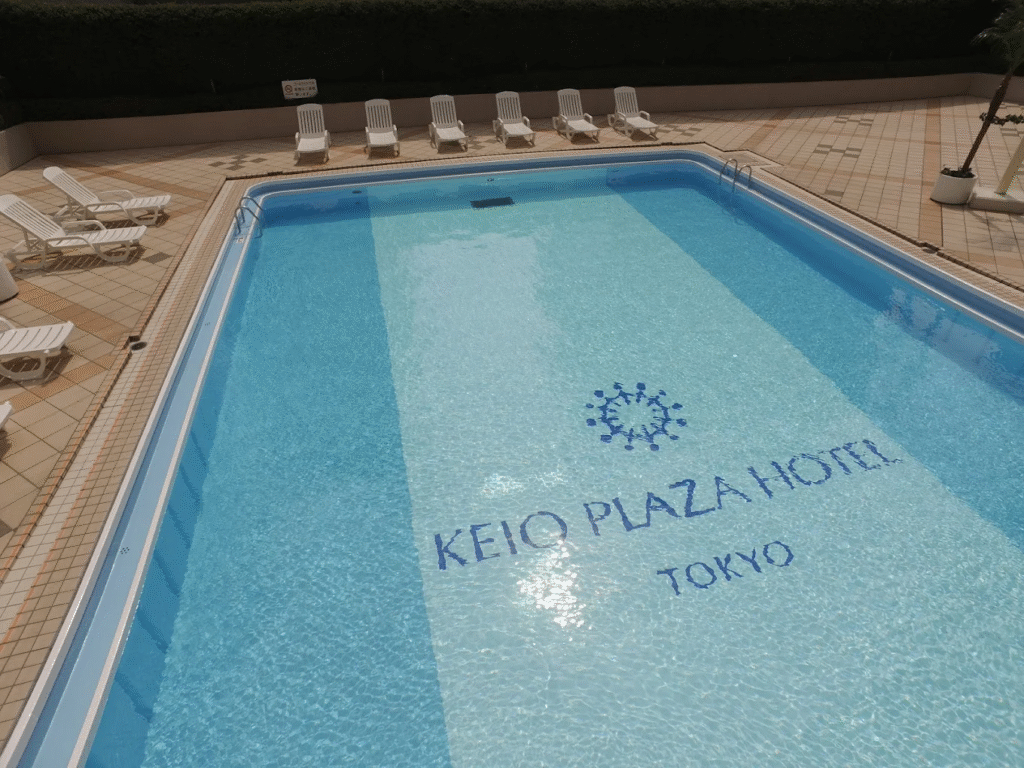
The Keio Plaza Hotel is a large, full-service property that caters to both business and leisure travelers. With multiple restaurants, a rooftop pool in summer, and shuttle service to Tokyo Disneyland, it is a versatile option. Families and long-term visitors especially appreciate its range of amenities.
Tokyu Stay Shinjuku
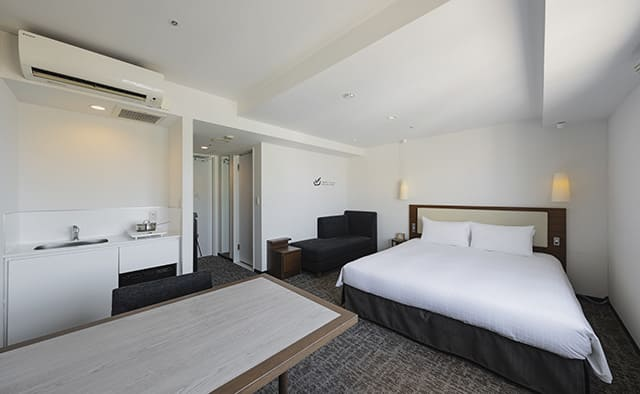
For mid-range travelers, Tokyu Stay Shinjuku provides practical comfort with the bonus of in-room washing machines and kitchenettes. It is popular among those planning longer stays who appreciate a balance between price and convenience. Its location near Shinjuku-sanchome Station offers easy access to the rest of Tokyo.
Shinjuku vs Shibuya: Which is Better to Stay In?
Both Shinjuku and Shibuya are excellent bases for exploring Tokyo, but they offer different experiences. Shinjuku is larger, more diverse, and known for its mix of skyscrapers, shopping, and nightlife. It provides direct access to many train lines, making it a practical choice for travelers who want to explore different parts of the city.
Shibuya, on the other hand, is younger in spirit, famous for the Shibuya Scramble Crossing and trend-setting fashion districts. It has a more compact layout, making it easy to explore on foot. For travelers focused on nightlife and city connections, Shinjuku is often better, while Shibuya appeals to those looking for youth culture and a slightly more relaxed atmosphere.
How to Get to Shinjuku from Haneda
Traveling from Haneda Airport to Shinjuku is straightforward, with several options available. The fastest method is taking the Tokyo Monorail to Hamamatsucho Station, then transferring to the JR Yamanote Line, which brings you directly to Shinjuku Station in about 45 minutes. Another option is the Keikyu Line, which connects to the Toei Asakusa Line and then the Oedo Line, also reaching Shinjuku within an hour.
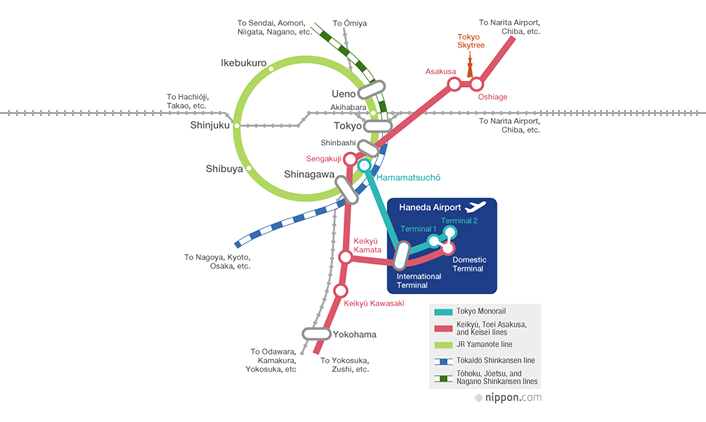
Tokyo Monorail Route (about 45 minutes)
Haneda Airport → Hamamatsucho Station via Tokyo Monorail Route → Shinjuku Station via JR Yamanote Line
Keikyu Line Route (about 1 hour)
Haneda Airport → Toei Asakusa Line via Keikyu Line → Shinjuku Station via Oedo Line
For convenience, airport limousine buses run directly to major hotels and Shinjuku Station, making them a good option if you are traveling with luggage. Taxis are also available but can be costly compared to public transportation.
How to Get to Shinjuku from Narita
Traveling from Narita Airport to Shinjuku is simple, with several public transportation options available. The most direct and convenient method is the Narita Express (N’EX), which runs directly to Shinjuku Station in about an hour and a half. Another fast choice is the Keisei Skyliner, which takes you to Nippori Station, where you can transfer to the JR Yamanote Line and continue to Shinjuku in around 75 to 90 minutes.
Narita Express (about 90 minutes)
Narita Airport → Shinjuku Station via Narita Express
Keisei Skyliner + JR Yamanote Line (about 75 to 90 minutes)
Narita Airport → Nippori Station via Keisei Skyliner → Shinjuku Station via JR Yamanote Line
Keisei Access Express + Toei Asakusa Line + Oedo Line (about 90 minutes)
Narita Airport → Toei Asakusa Line via Keisei Access Express → Shinjuku Station via Oedo Line
Budget-minded travelers can use the Keisei Access Express, which connects with the Toei Asakusa Line and then the Oedo Line, reaching Shinjuku in roughly 90 minutes. Each route provides reliable access for speed, comfort, and cost.
Is Shinjuku Safe
Shinjuku is generally safe, with well-patrolled streets and a constant flow of people at nearly all hours. However, like any major city, it is wise to stay aware of your surroundings, particularly in Kabukicho where touts and nightlife scams occasionally occur. Most issues can be avoided by politely refusing offers from street solicitors and sticking to reputable establishments.
Locals emphasize that Shinjuku is much safer than its reputation might suggest, and tourists rarely face serious problems. With normal precautions, you can confidently enjoy all that this exciting district has to offer.
Visiting Shinjuku
Shinjuku is one of Tokyo’s most vibrant districts, offering a balance of modern energy and traditional charm. By day, visitors can enjoy serene gardens, cultural landmarks, and world-class shopping, while the nights light up with entertainment, dining, and unforgettable nightlife experiences. It is also one of the most convenient places to stay, with easy connections across the city and plenty of accommodation options for every budget.
Exploring Shinjuku gives travelers a chance to experience the true heartbeat of Tokyo. Whether you are enjoying ramen in a bustling alley, gazing at the skyline from an observation deck, or wandering through neon-lit streets, every corner has something memorable to offer. For those wanting to immerse themselves in the city’s dynamic spirit, Shinjuku is a destination that should not be missed.

